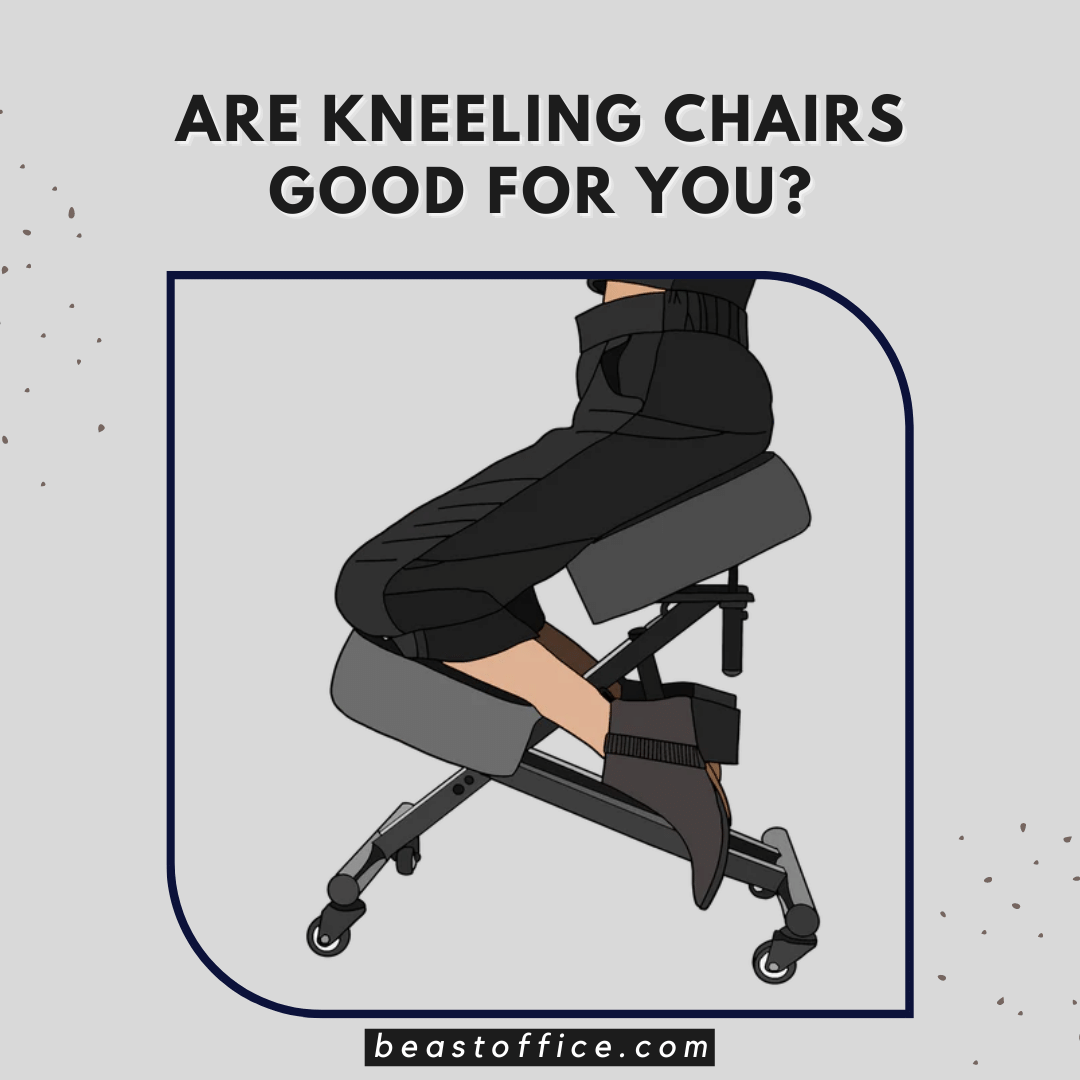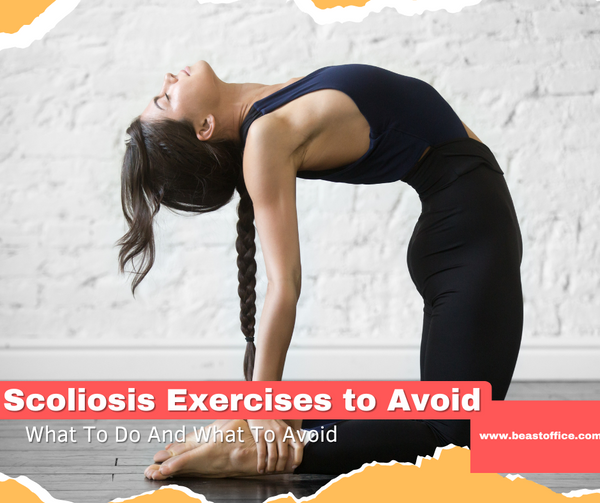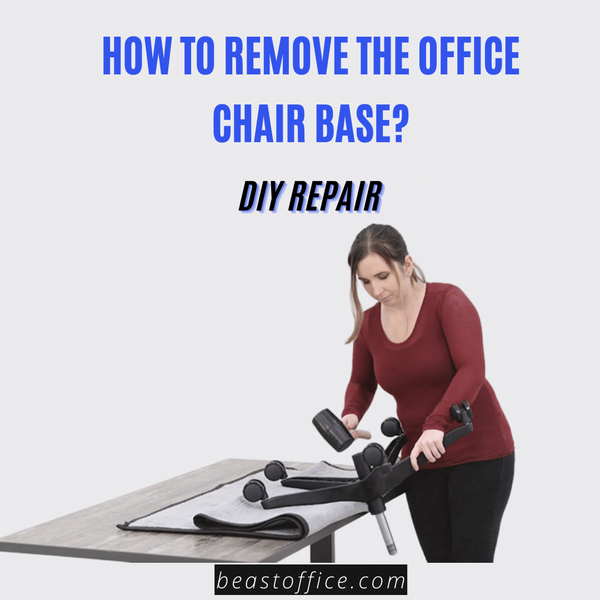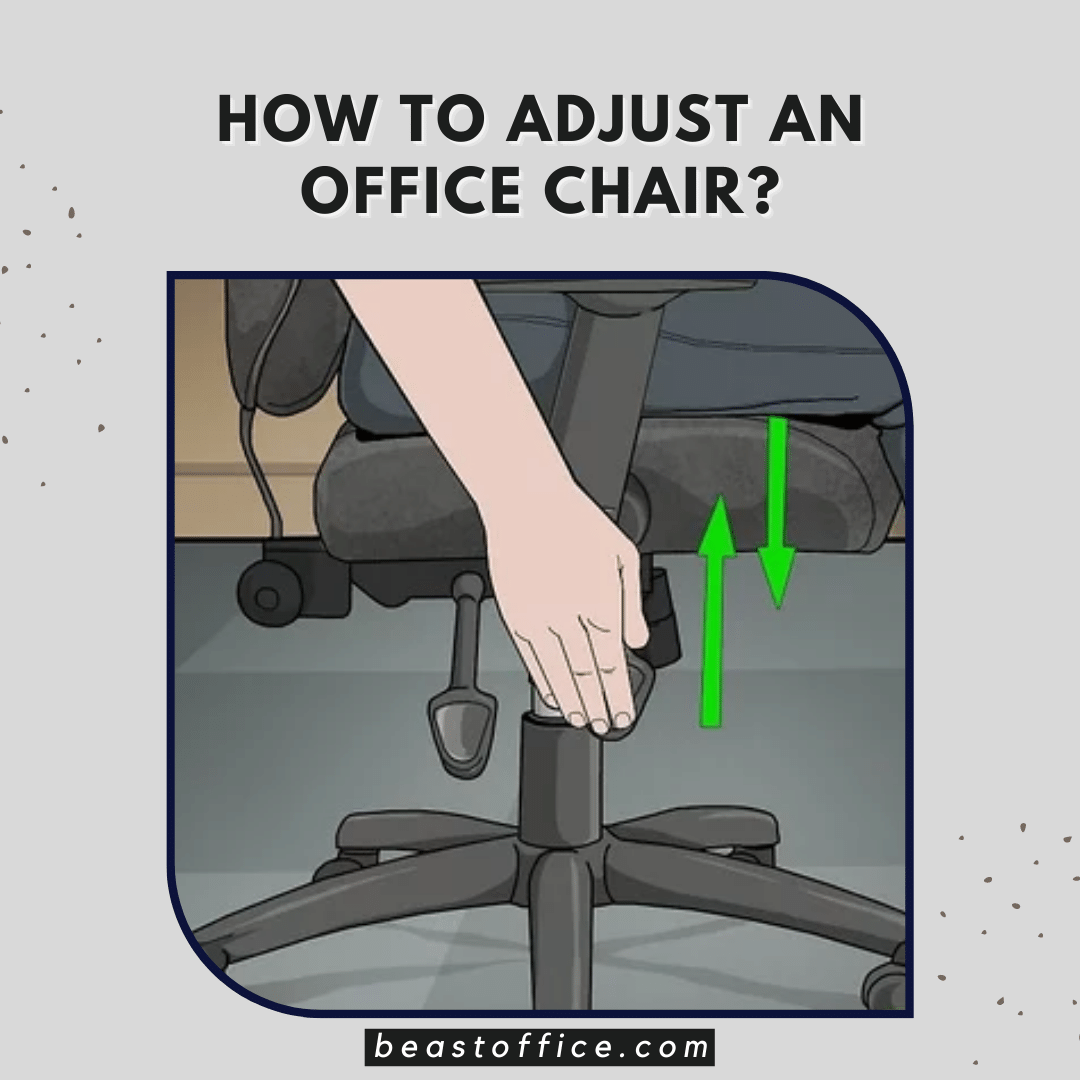So, if you're looking to add extra comfort to your life or want to take advantage of the health benefits of kneeling chairs, read on!
Kneeling chairs were originally invented in Norway. In the 70s, industrial designer Peter Opsvik, known for his unconventional sitting designs, believed it was a mistake only to give the body one static sitting position.

Are Kneeling Chairs Good For You - Medical Advice
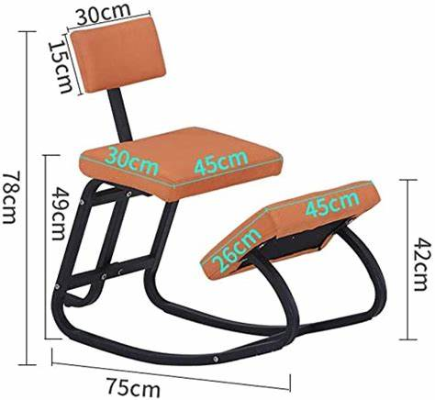
Kneeling chairs, also known as Orthopaedic Chair can relieve back and hip pain by arching your back so that the line of gravity is moved forward, which encourages the natural S-shape of the spine and the base of the support to become wider, giving extra support and comfort. This engages your back and core muscles, which are strengthened and lead to postural improvement over time.
Benefits Of Kneeling Chairs
Kneeling chairs are becoming increasingly popular because they offer many benefits over traditional office chairs.
- They're ergonomically designed and help improve circulation by muscular contraction (movement) of the hips and calves, which reduces pain and stiffness in the lower body.
- If you have a bad posture, have suffered an injury, or have a pathological disease that leads to aches and discomfort due to long sitting in a traditional office chair.
- You can be a candidate for such a chair as it reduces lower back strain by dividing the burden of one's weight between the shins and the buttocks.
Why Kneeling Chairs Designed?
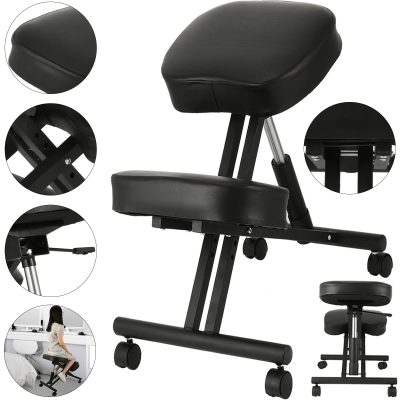
Kneeling chairs were designed to give people support with back and neck problems. They are designed to reduce compression on the spine, pelvis, and legs by positioning the body similarly to kneeling. Kneeling chairs benefit those who have trouble sitting for long periods due to low back pain or other conditions.
Alternative Of Static Sitting Position Other Than Kneeling Chairs
They can also be used as an alternative to breaking the static sitting position in a chair all day, which can be stressful to your body. It also encourages your postural muscles better to align your back, shoulder, and neck and retain the biological S-shape of the spine. Some kneeling chairs have a rocking seat which helps the blood flow in the muscles and reduces fatigue, cramping, and spasm.
Healthier Alternative
Kneeling chairs are a healthier alternative to normal office chairs. They reduce the compression force on the lumbar spine by about 55%, as it creates a 110-degree angle between the back/thigh compared to a 90-degree angle between the back/thigh of a traditional chair.
Relieving Factors In Accordance With Sitting Positions from Compression Forces
This reduction in compression forces is thought to be due to several factors, including:
- The position of your body when sitting in a kneeling chair results in less stress being placed on your lower back due to the angular placement of the chair.
- The seat's shape prevents you from sliding forward towards the front edge, which means that your thighs are not pressing against your abdomen like they would if you were sitting in a regular chair or even a stool.
- The design of some kneeling chairs includes armrests that allow you to rest on them while working at a desk or table while maintaining good posture and reducing the risk of fatigue of neck and shoulder muscles.
- Some kneeling chairs are also designed from an ergonomic point of view, with a backrest to lean back to give support to your abdominal muscles when needed.
Benefits of Posture On kneeling Chairs And Others
This can be good for your posture as well as strengthens your abs.
- When you sit on a kneeling chair, you must engage your abdominal muscles to keep yourself upright and balanced. You'll probably find this isn't easy at first — especially if you're used to slouching in a regular chair — but over time, you'll get better at it.
Some people use them as an alternative to sitting on the floor or standing up all day. Some other benefits of kneeling chairs are:
- They help you sit in better alignment with your spine, hips, and shoulders. Your head is less likely to jut forward, and you will feel your back supported.
- You can change positions more easily than when standing or sitting in a chair because there's no pressure on your feet or legs. This makes typing or desk work easier while keeping good spinal alignment.
- You are sitting on your knees instead of your buttock. This causes your hips to stay square with your shoulders and knees pointing forward, which helps keep your spine straight and prevents rounding your back (kyphosis) or letting it arch back too much (lordosis, scoliosis).
- Studies have shown when working at a desk for extended periods, people who sit without movement tend to develop back pain and other health problems (swelling in feet is the most common complaint) over time. Using a kneeling chair can relieve some of this stress and improve your overall health.
Are Kneeling Chairs Good for Your Back?
Kneeling chairs benefit your back and can help improve your posture by strengthening your lower body and core muscles. Many types of kneeling chairs are available today, but we will focus on those offering good support and comfort. We will investigate how they can improve your health and well-being by reducing stress levels and helping to prevent back problems.
Why would you want to use A Kneeling Chair?
- Kneeling chairs helps prevent leg cramps due to poor blood circulation in your legs when sitting in an improper position with little to no muscular movements.
- Knee chairs are also ideal for people who work with their hands or do tasks that require frequent movement (e.g., painting, gardening, etc.).
- It's much easier for people with hip and lower back problems to get up and down from a kneeling chair.
- You must be aware of using kneeling chairs accurately for best results.
Reduction of Pathological Conditions (Coccygeal/Tailbone Pain) By Using Kneeling Chairs
If you suffer from tailbone pain, then this is something you should consider. Your coccyx bone is located at the bottom of your spine, beneath the sacrum, a bone Structure at the base of your spine. It's made up of three to five fused vertebral bones.
When you sit on a regular chair or sofa, your tailbone can come into contact with the surface underneath it (hard surface) - whether wood or carpet - which can cause discomfort and pain over time.
A cushioned and angular kneeling chair allows you to lean forward while sitting down without putting pressure on this sensitive area of your body.
Contra-indication of using a kneeling Chair
Kneeling chairs can be unfit for some people. The following groups of people should consider other options:
- People with knee injuries
- People with hip and knee pain
- People with hip fractures.
- Pregnant women
Kneeling Chairs Aren’t Universal Solution
Although the usage of kneeling chairs by some people helps relieve back pain or other medical-related pains, they aren't universal solutions and shouldn't be used by everyone.
Kneeling chairs can worsen the symptoms of certain conditions like sciatica (pain along the sciatic nerve due to nerve impingement) because they encourage forward flexion of the spine, which causes strain on the discs. It also worsens the condition, which is extension biased as the person is constantly in a flexed position. If you're experiencing back pain or discomfort when sitting at work or school, consult a doctor or Physical Therapist before making any changes to your working environment because prolonged sitting on a kneeling chair can be as bad as an extended period of sitting on traditional chairs.
Final Words
Kneeling chairs are alternative to traditional chairs. If you are feeling discomfort during office hours, it may be the solution but not the ultimate treatment for tailbone pain, knee pain, hip pain, and back pain. It can only relieve you but will not cure your underlying medical condition.
Related Posts



